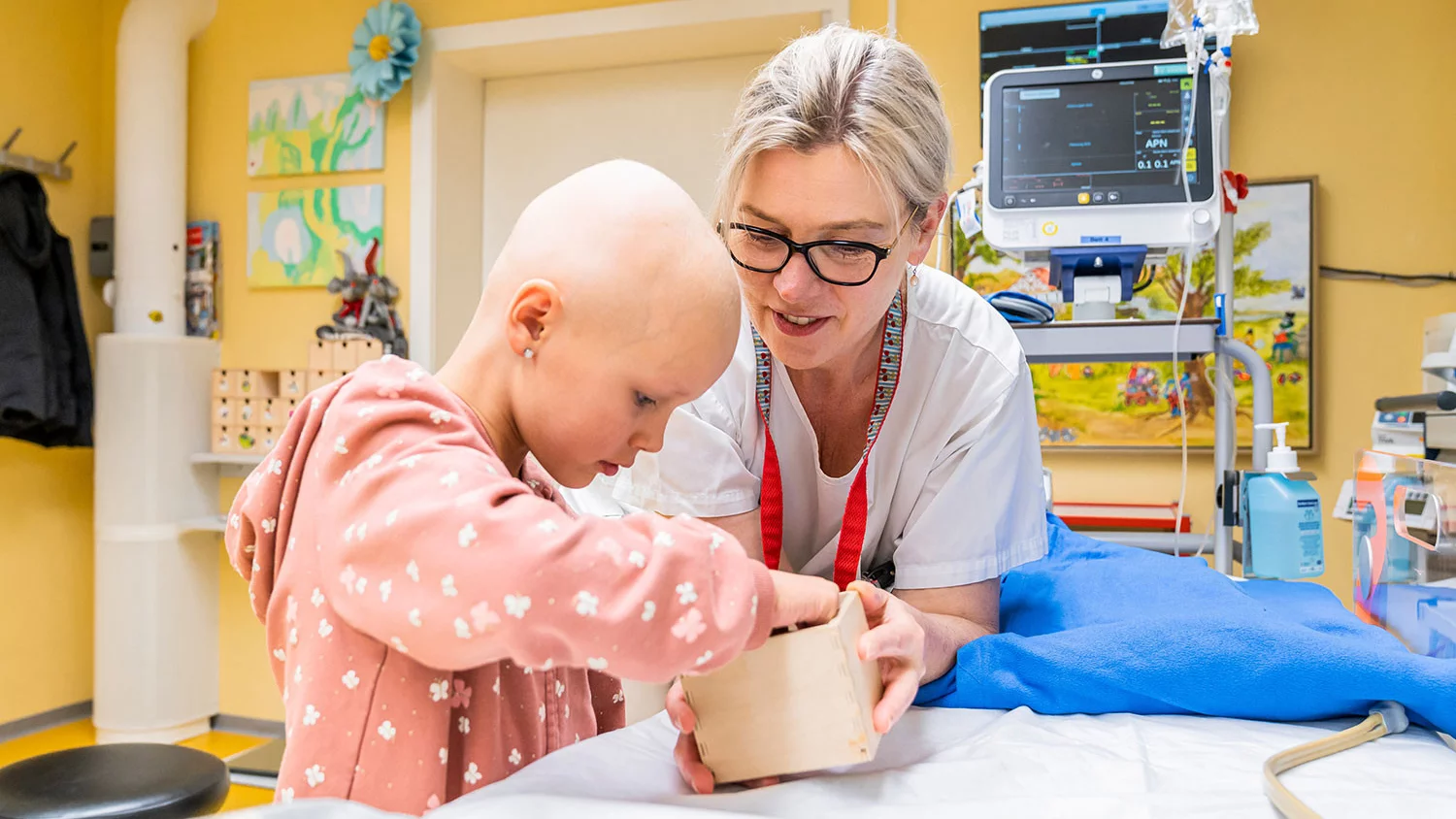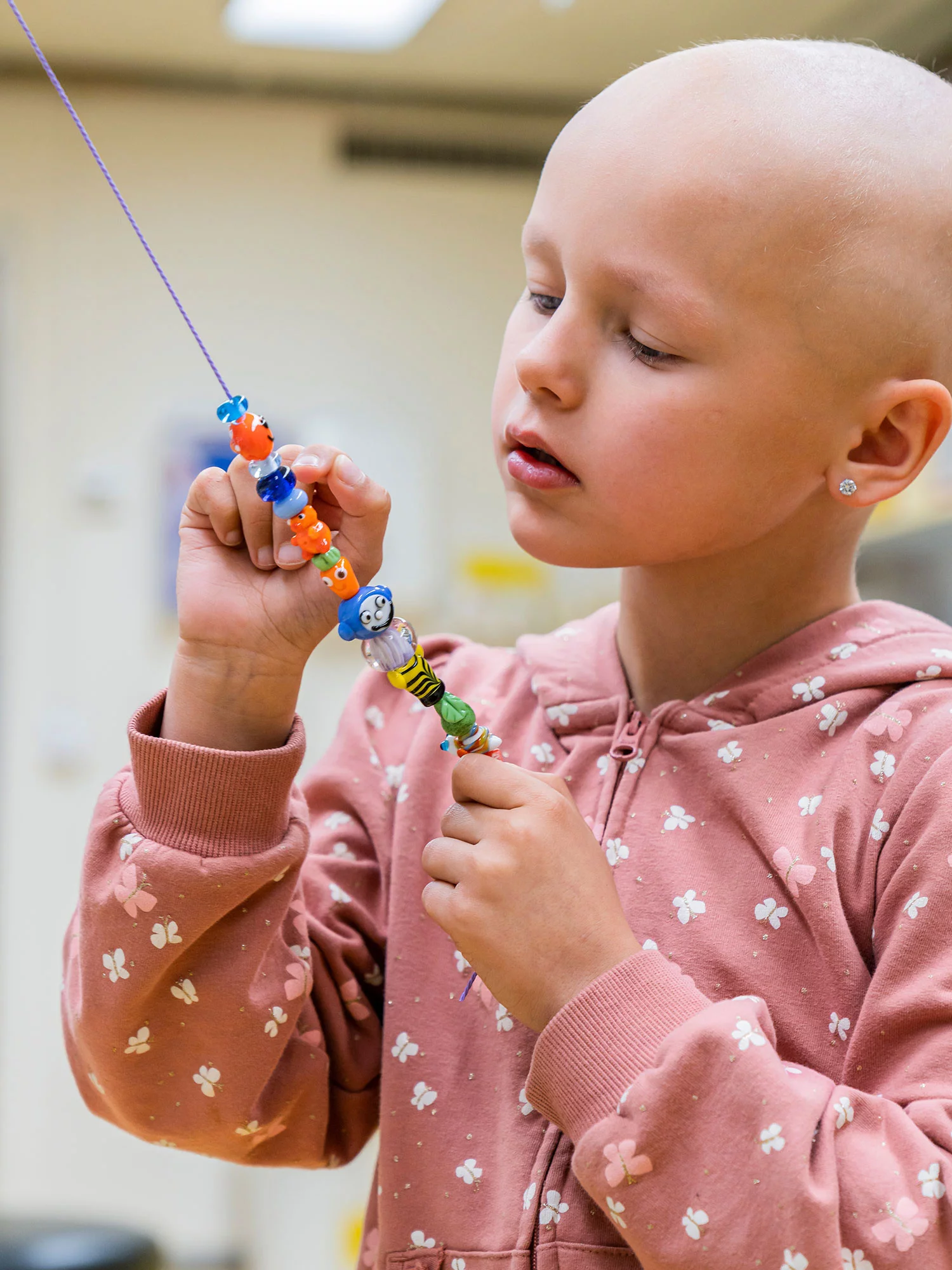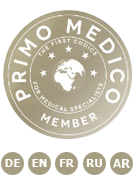For very young patients, cancer treatment needs to be particularly effective but also very sparing, which is why CPT at PSI is specialised in the treatment of children.
Children and cancer
Cancer is less prevalent in children than in adults. Nonetheless, in Switzerland alone more than 200 children under the age of 15 develop malignant tumours per year. About half of these children are under the age of six. Leukaemia and brain tumours as well as tumours of the central nerve system are the most frequent types of cancer in this age group. The last two types can generally be treated at PSI.
In principle, the same therapy options are available to children and adults: operation, drug-based therapies and radiation. Cancer treatment of children has progressed significantly over recent years and thanks to these therapies, many children can be cured.
Children suffering from cancer have been treated with proton therapy since 1999. Since 2004, we have also made treatment available to babies and infants.
When your child needs radiation treatment
When a child develops a malignant tumour not only the child him- or herself but also his or her parents and siblings are affected. Further questions arise if radiation is required. You may feel insecure. Whatever the case, your everyday life and that of your family will change, not least because you’ll be accompanying your child to radiation sessions four or five times a week over a period of up to two months.
In this chapter, we want to help you deal with various fears and anxieties arising from this situation. We want to do everything in our power to help you and your child feel comfortable with us. Experience has shown that children manage to deal with their cancer diagnosis and the resulting changes in their daily life better than expected by most adults.
In this context, please take a look at our webpage Children’s question’s about treatment where you’ll find the questions asked most often by children answered in child’s terms by a radiation oncologist. If your child can already read, he or she might like to read the questions and answers by him- or herself or together with you.
Proton therapy: the best option for infants
Proton therapy is the best form of radiation therapy for babies, infants and young people. This is why radiation oncologists refer to this form of treatment as the “therapy of choice”. The main advantage of proton therapy is of particular benefit to children: the tumour cells are destroyed with great precision, without significantly harming the healthy tissue around the tumour.
We use the spot scanning technology developed at PSI, during which a pencil-thin proton beam targets the tumour – and only the tumour - spot by spot with the greatest possible precision, avoiding any unnecessary damage to the child or young person’s body.
This is of central importance because the body is particularly sensitive to ionising radiation during growth phases, which means that children benefit even more than adults from proton therapy with the spot-scanning technique.
Traditional radiation therapies with X-rays can have undesired long-term effects as a result of the so-called lowdose bath that develops around the irradiated area. This poses a greater problem for children than adults. When children become adults, their body grows on the basis of multiple cell divisions. Cells previously damaged by radiation therapy, because they were located in the low-dose bath near the tumour, can propagate the sustained damage to more cells every time they divide. Years, or even decades later, these damaged cells can develop into a so-called secondary tumour.
Other longer term side-effects of traditional radiation treatment on children include growth or developmental deficiencies, learning difficulties, as well as heart and circulatory disorders. The proton therapy carried out at PSI can minimise the risk of these later complications.
Standardised treatment
In order to treat children suffering from cancer in the best possible way, treatment is generally carried out within the framework of international study protocols. This enables radiation oncologists all over the world to learn as much as possible from the (very rare) cases of paediatric or childhood cancers. These protocols are based on knowledge gained in past radiation treatments. They aim to help improve the therapies and the chance of cure for children.
This procedure contains specific provisions on the type of treatment best suited to your child at a given moment. It is possible that your child will be registered with us here at CPT half a year before the start of proton therapy, so that your child can be treated with other therapies first.
Small patients have special needs
In general, children who know what to expect during treatment and go through the procedure with a trusted caregiver are not afraid of radiation. If you succeed in familiarising your child with treatment and procedures, radiation sessions soon become a part of everyday life. The child realises that proton therapy doesn’t hurt and that you are always close by.
If your child is still small, we try to make sure that his or her treatment sessions always take place at the same time of day. This makes it easier to prepare for the anaesthetic. And it makes it easier for your child to get used to therapy.
If your child has to undergo chemotherapy and proton therapy at the same time, we take care of coordinating both treatments. Our waiting areas are arranged with particular attention to the needs of small patients. Children who don’t require anaesthesia can listen to their favourite music during treatment. A microphone is available if you wish to talk to your child or tell them a story. Children who don’t receive anaesthesia can communicate any uneasiness they may feel, both via the microphone and a squeaky toy.
Babies and small children are given a general anaesthetic (sedation) for treatments carried out at CPT so that they stay absolutely still for the duration of the treatment. Sedation is the term used to describe a form of general anaesthetic during which the patient is put into a deep sleep, but continues to breathe spontaneously.
Colleagues from the Department of Paediatric Anaesthetics at the Zurich Children’s Hospital administer anaesthetics at CPT. In some cases, older children are also sedated, especially when individual treatments take a long time, or require uncomfortable positioning. Children whose therapy involves anaesthesia are given a pearl at the beginning of each radiation session. When therapy is completed, the child leaves with a whole chain of pearls (see also: www.mutperlen.ch).
Radiation under anaesthetic – what you need to know
During your first visit to the Center for Proton Therapy, you will have a consultation prior to the procedure with an anaesthetist to inform you of the procedural details and risks involved in sedation. Anaesthetics are administered on an empty stomach to reduce the risk of inhaling stomach contents. Your child should have his or her last light meal four hours before being anaesthetised and should drink a little tea, water or syrup two hours before proton treatment is scheduled.
The sedative (sleep medication) that we use is Propofol, which puts patients into a deep, pleasant sleep. It only lasts for a short time and therefore needs to be continuously administered intravenously to your child. Once the infusion has been turned off, children tend to wake up within 15–30 minutes. As soon as your child is awake, he or she is allowed to eat and drink. Once the anaesthesia team is satisfied with your child’s condition, you’ll be allowed to return home.



